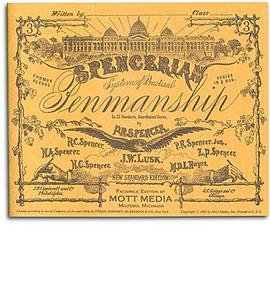

具体描述
This is a comparative study of the social history and mythology of cowboy culture right across the Western Hemisphere, from Patagonia to the Tukon, including the unique cowboys of the Hawaiin cattle industry. Slatta argues that Spanish influence, neglected in most accepted historiography, is primary in all open-range cattle frontiers of North and South America. His focus is on people, working ranch hands, and how they lived their lives, quoting frequently from first-hand descriptions of cowboy and ranch life. Structured rather like a Western film, this illustrated book opens with vignettes that highlight the various cowboy types and then uses flashbacks to reveal the distant, shadowy origins of the cowboy as a wild cattle hunter. Close-ups show the cowboy's appearance, character, and values, and Slatta then draws back for a sweeping view of the cowboy's environment - the great plains stretching towards an infinite horizon. As the book draws to a close, it considers the changes that overtook the cowboy, as farmers, immigrants, and describes how technology forced him off into the sunset, but left his image and mythology intact in myth and popular culture.
作者简介
目录信息
读后感
评分
评分
评分
评分
用户评价
相关图书
本站所有内容均为互联网搜索引擎提供的公开搜索信息,本站不存储任何数据与内容,任何内容与数据均与本站无关,如有需要请联系相关搜索引擎包括但不限于百度,google,bing,sogou 等
© 2026 book.quotespace.org All Rights Reserved. 小美书屋 版权所有




















